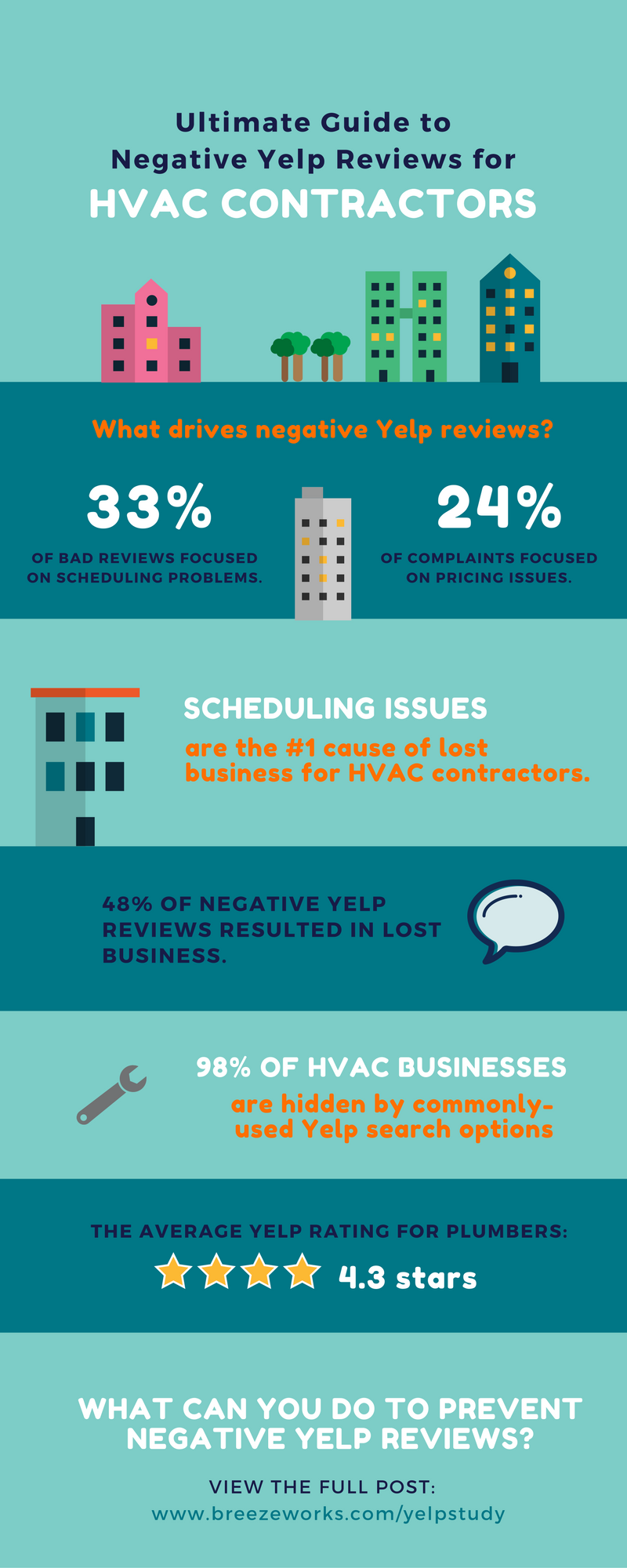The Future Of Home Heating - Exactly How Heatpump Innovation Is Evolving
The Future Of Home Heating - Exactly How Heatpump Innovation Is Evolving
Blog Article
Web Content By-Svensson Ringgaard
Heatpump will certainly be a crucial modern technology for decarbonising heating. In a situation consistent with federal governments' introduced power and climate dedications, their international ability increases by 2030, while their share in home heating rises to one-quarter.
They work best in well-insulated homes and rely upon electrical energy, which can be provided from an eco-friendly power grid. Technological advancements are making them more reliable, smarter and cheaper.
Fuel Cells
Heatpump utilize a compressor, cooling agent, coils and fans to move the air and heat in homes and appliances. They can be powered by solar power or electrical energy from the grid. They have actually been acquiring appeal as a result of their inexpensive, silent operation and the capacity to generate electricity during peak power need.
Some companies, like IdaTech and BG MicroGen, are servicing fuel cells for home heating. These microgenerators can replace a gas boiler and create several of a home's electric needs with a link to the electrical energy grid for the rest.
But there are https://www.gobankingrates.com/investing/real-estate/top-14-home-repairs-to-avoid-failing-inspection/ to be cynical of using hydrogen for home heating, Rosenow claims. It would certainly be costly and inefficient contrasted to other innovations, and it would certainly add to carbon discharges.
Smart and Connected Technologies
Smart home innovation allows home owners to connect and manage their tools remotely with making use of smart device applications. As an example, wise thermostats can learn your heating preferences and immediately adapt to maximize energy intake. Smart lights systems can be managed with voice commands and automatically shut off lights when you leave the room, reducing power waste. And smart plugs can check and manage your electric usage, allowing you to recognize and limit energy-hungry home appliances.
The tech-savvy house portrayed in Carina's meeting is a good picture of exactly how residents reconfigure room heating techniques in the light of brand-new wise home innovations. They count on the devices' automated attributes to accomplish everyday changes and concern them as a practical methods of conducting their heating techniques. Because of this, they see no reason to adjust their methods further in order to enable flexibility in their home energy need, and treatments aiming at doing so might face resistance from these households.
Power
Since warming homes make up 13% of US discharges, a button to cleaner alternatives could make a big difference. But the modern technology faces difficulties: It's expensive and calls for considerable home restorations. And it's not always compatible with renewable resource resources, such as solar and wind.
Until just recently, electrical heatpump were too costly to compete with gas models in most markets. Yet new advancements in style and products are making them much more affordable. And much better cold environment performance is allowing them to work well also in subzero temperatures.
The next step in decarbonising home heating might be using heat networks, which attract heat from a main resource, such as a nearby river or sea inlet, and disperse it to a network of homes or buildings. That would certainly lower carbon exhausts and permit homes to make the most of renewable resource, such as green electrical power from a grid supplied by renewables. This option would be less costly than switching over to hydrogen, a nonrenewable fuel source that needs brand-new facilities and would just minimize CO2 emissions by 5 percent if paired with enhanced home insulation.
Renewable Energy
As electrical power prices drop, we're beginning to see the exact same pattern in home heating that has actually driven electrical automobiles into the mainstream-- yet at an even quicker pace. related internet page for impressive homes has been pressed further by new study.
Renewables represent a considerable share of modern warmth intake, but have been offered limited plan focus globally compared to various other end-use markets-- and even much less interest than electrical power has. Partially, this reflects a mix of customer inertia, split incentives and, in numerous nations, subsidies for nonrenewable fuel sources.
New technologies might make the change less complicated. As an example, heatpump can be made extra energy efficient by changing old R-22 cooling agents with new ones that do not have the high GWPs of their predecessors. Some specialists also imagine area systems that draw heat from a close-by river or sea inlet, like a Norwegian fjord. The cozy water can then be utilized for heating and cooling in a community.